Figures & data
Figure 1. Influence of Ruta Graveolens 9CH on cell stiffness of living individual B16F10 cells.
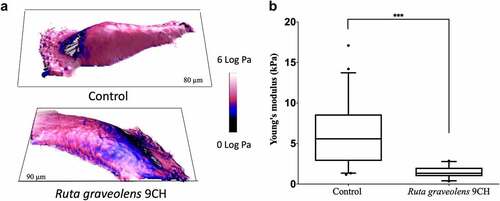
Figure 2. Effects of Ruta Graveolens 9CH on phospholipid membrane organization.

Figure 3. Effects of Ruta Graveolens 9CH on cholesterol.
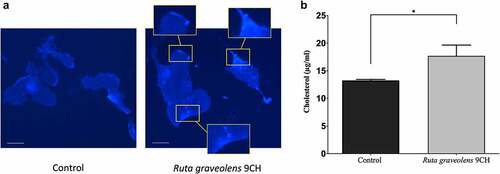
Figure 4. Effects of Ruta Graveolens 9CH on induced-calcium flows.
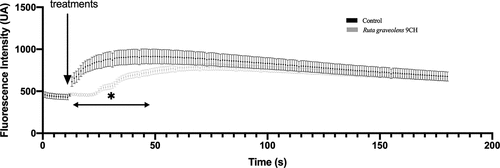
Figure 5. Effects of Ruta Graveolens 9CH on actine organization.
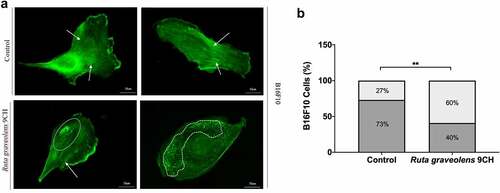
Figure 6. Effects of Ruta Graveolens 9CH on B16F10 2D dispersed migration, 3D migration and circularity.
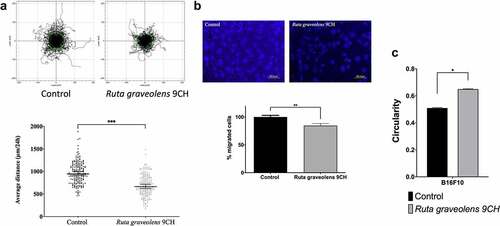
Figure 7. Effects of Ruta Graveolens 9CH on in vivo lung metastasis and survival.
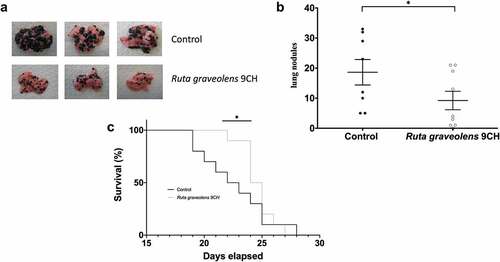
Data availability statement
The data that support the findings of this study are available from the corresponding author upon reasonable request
